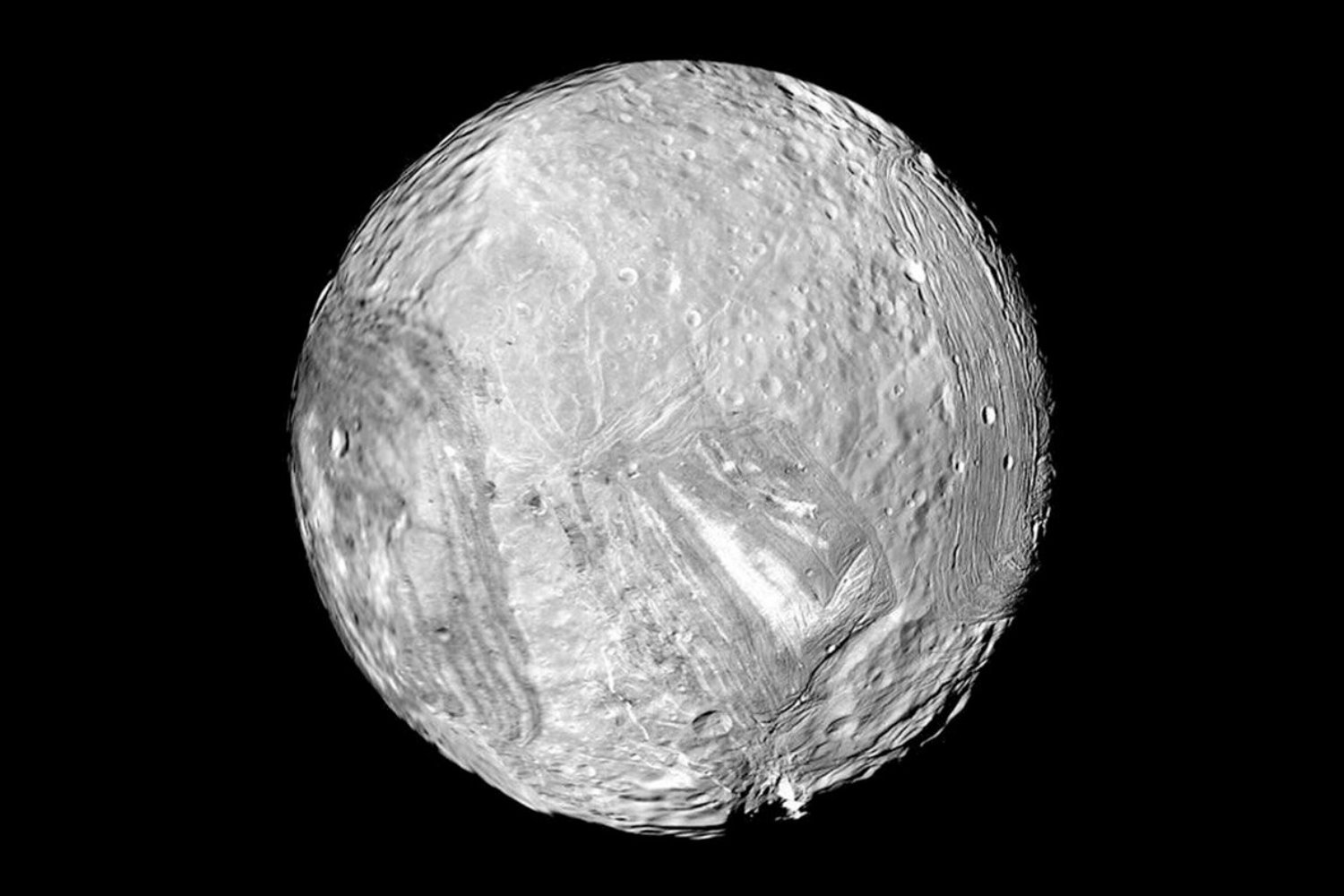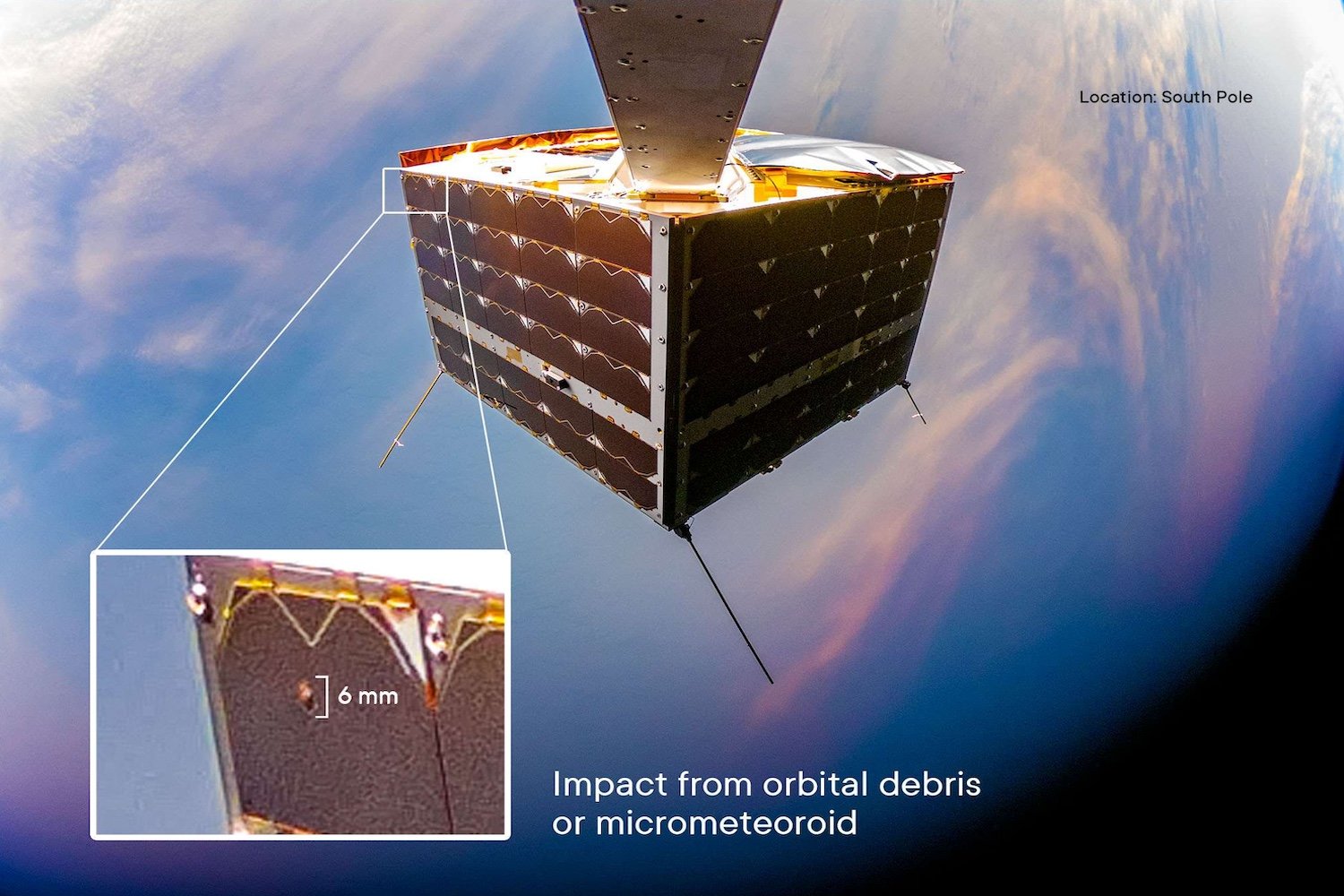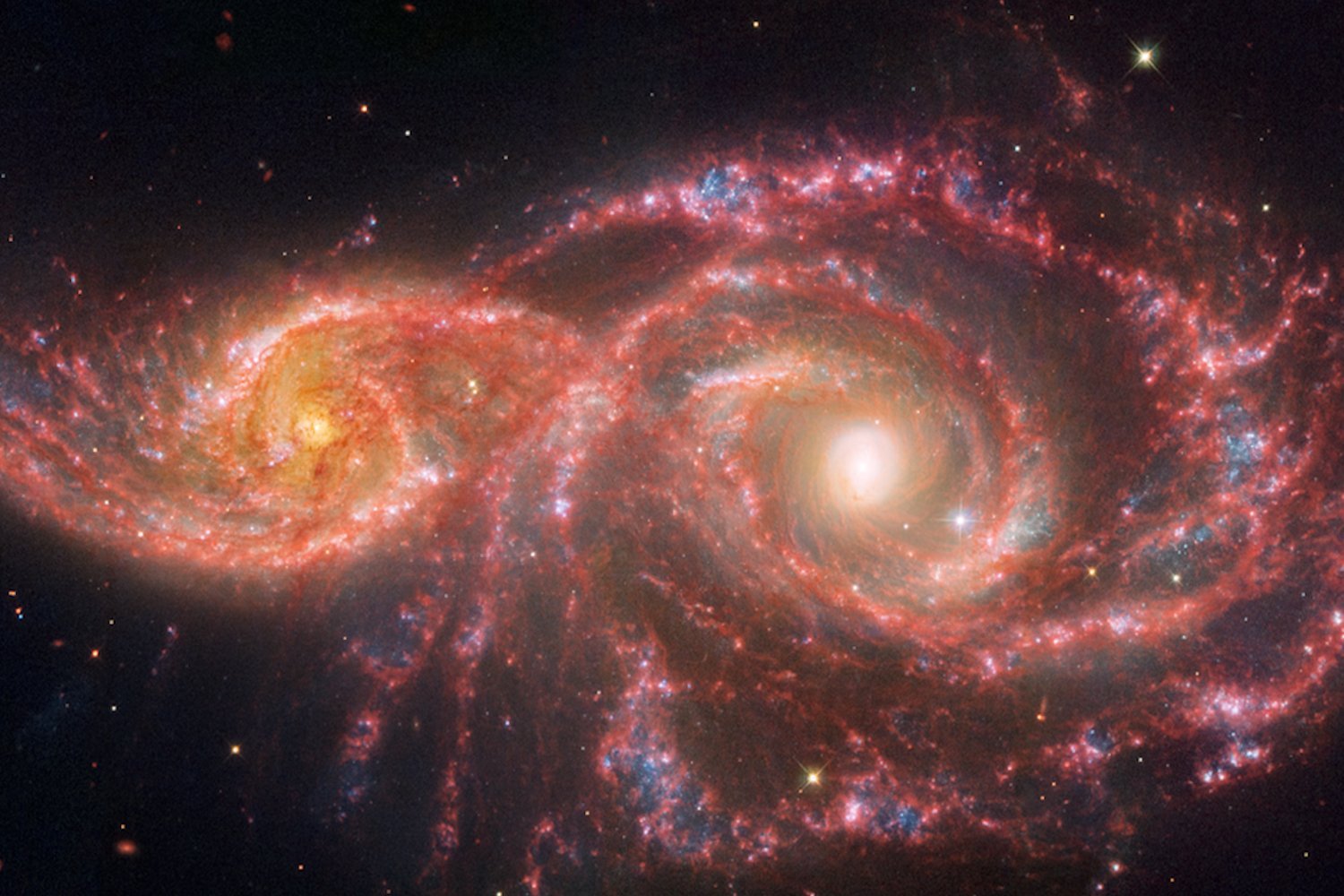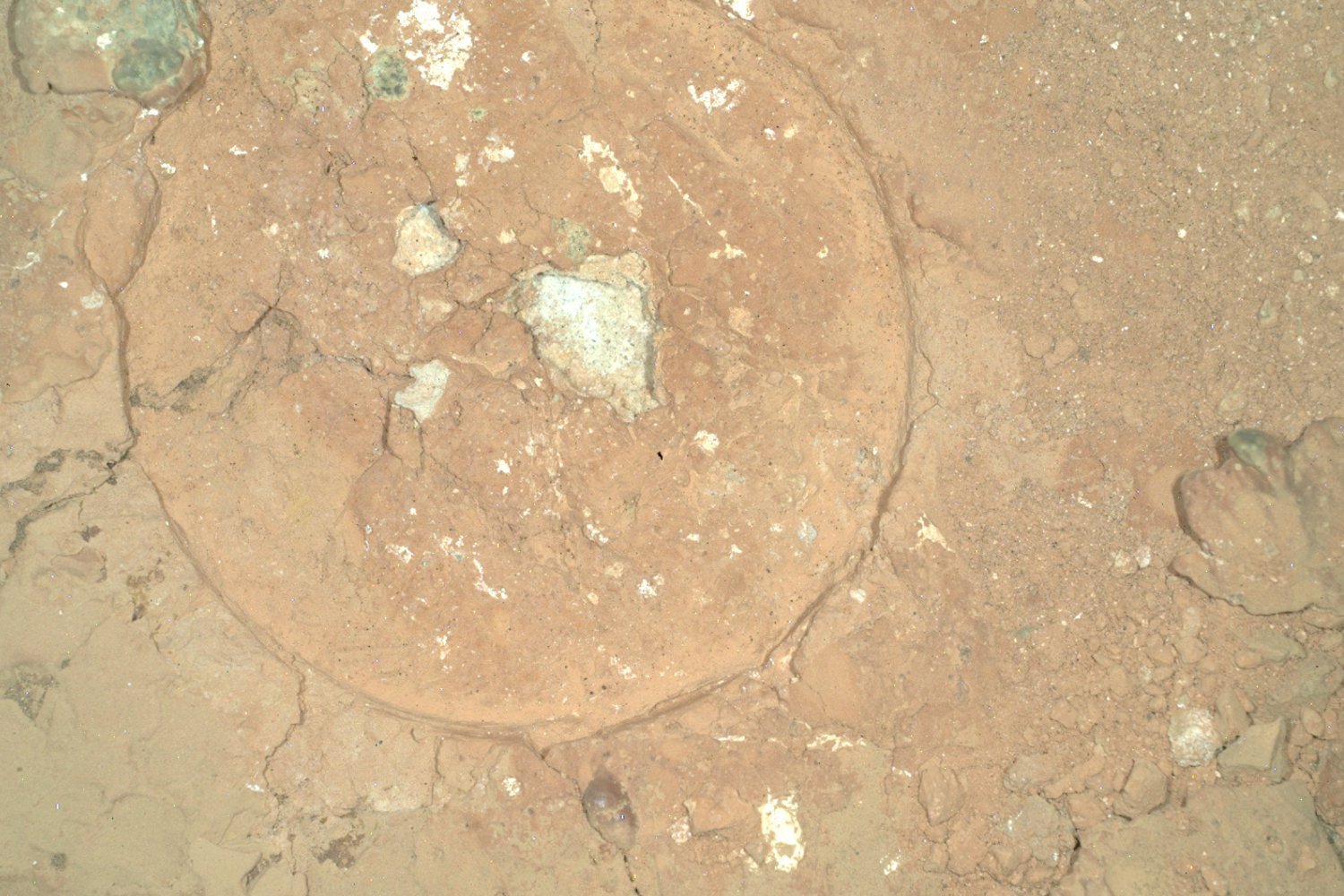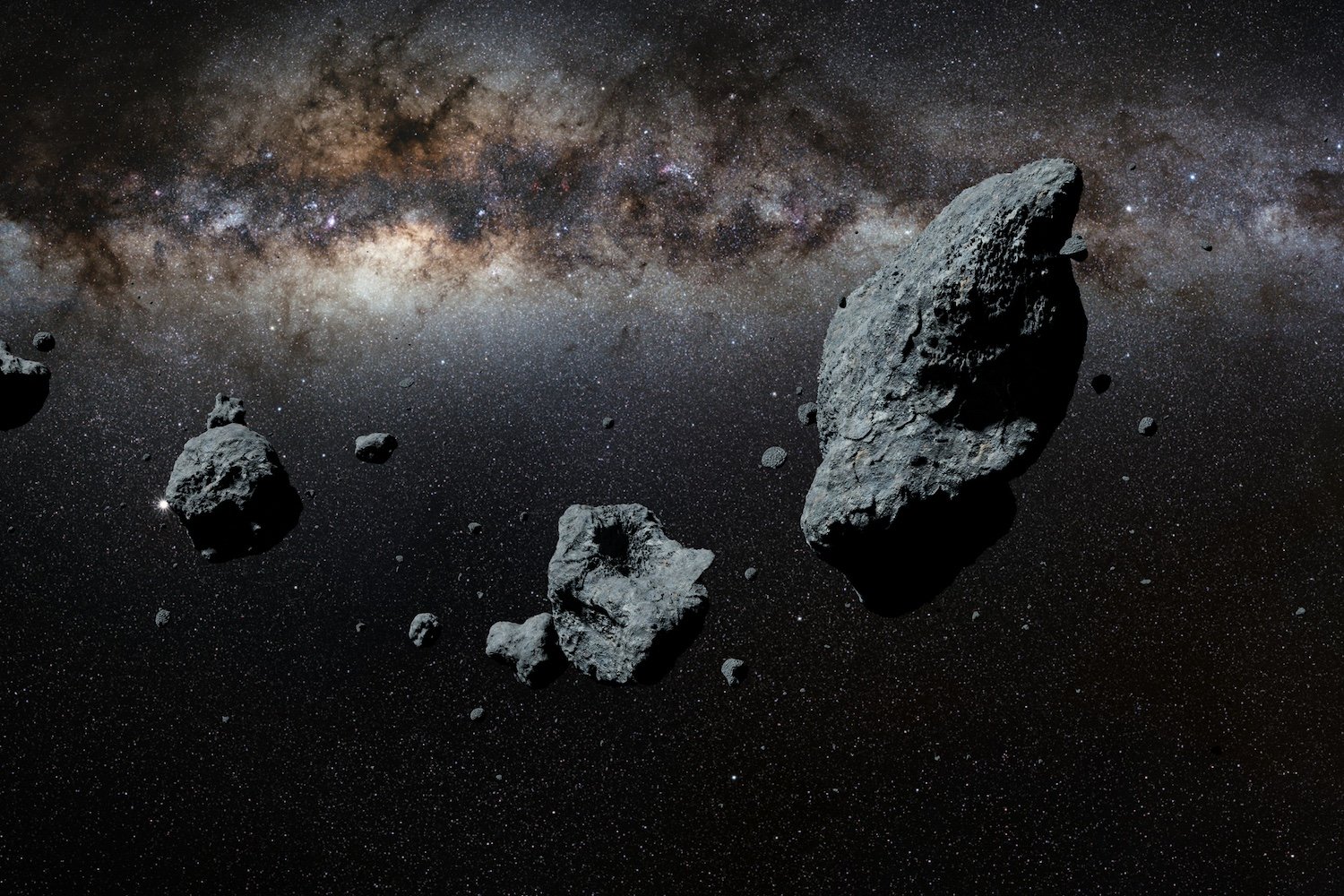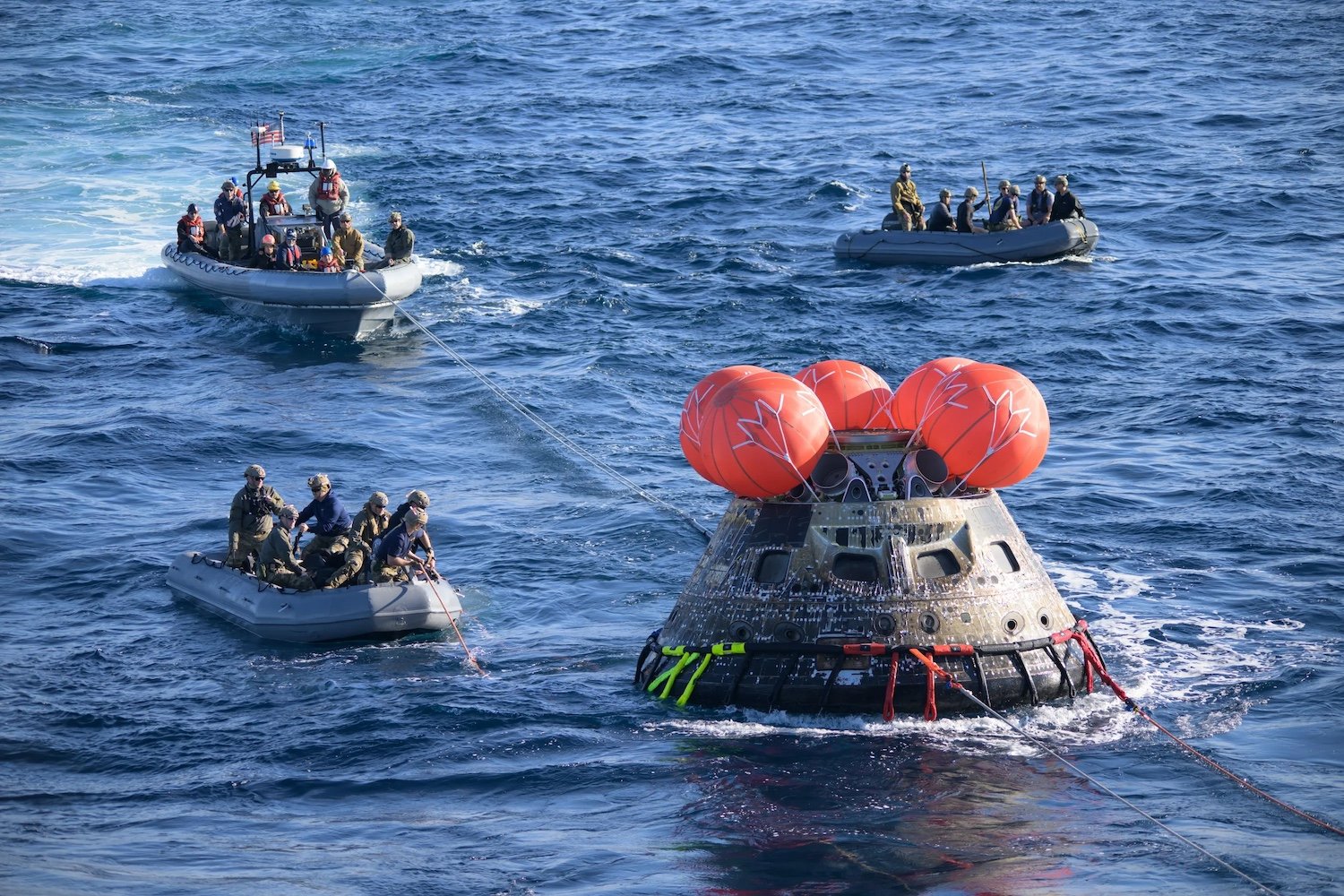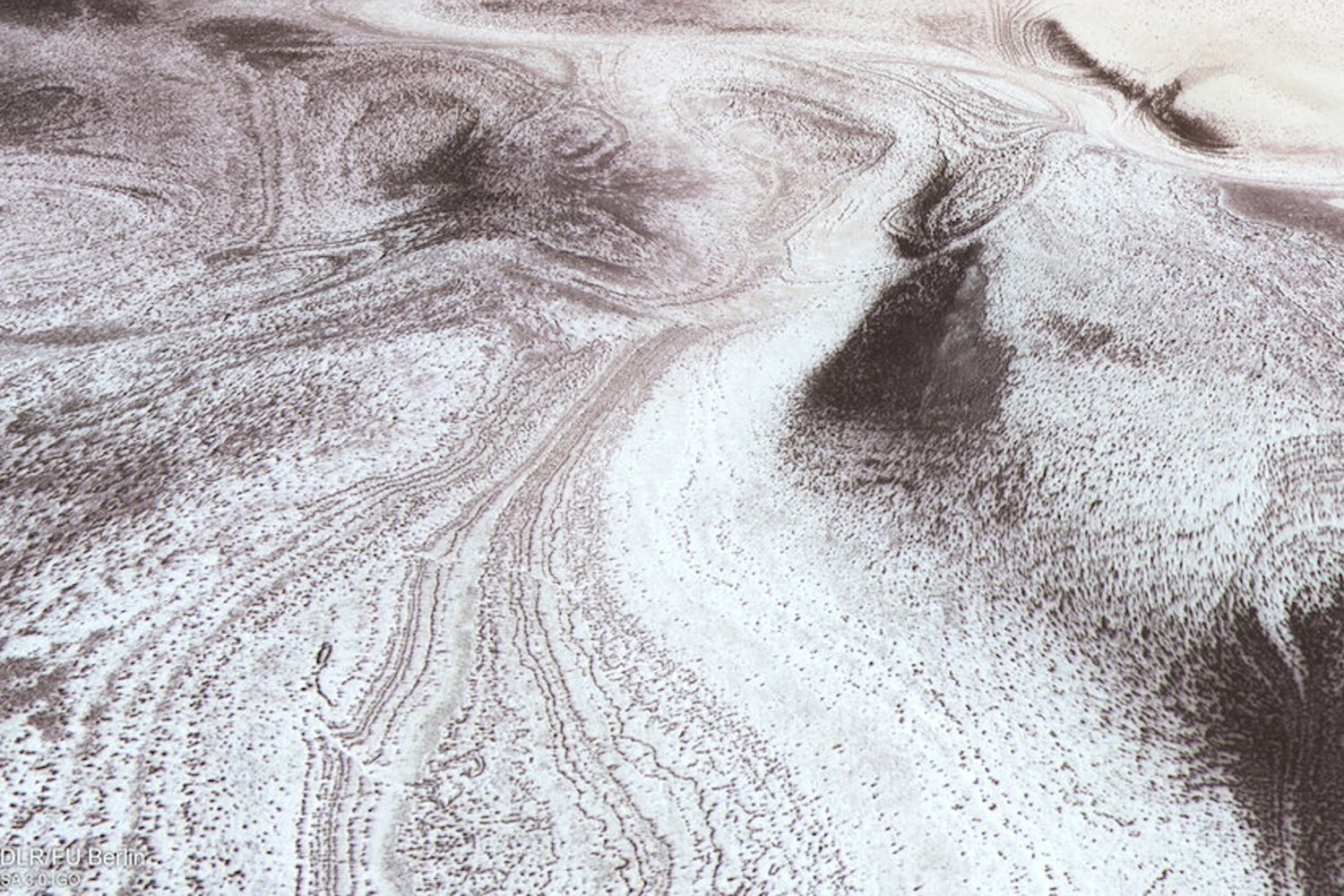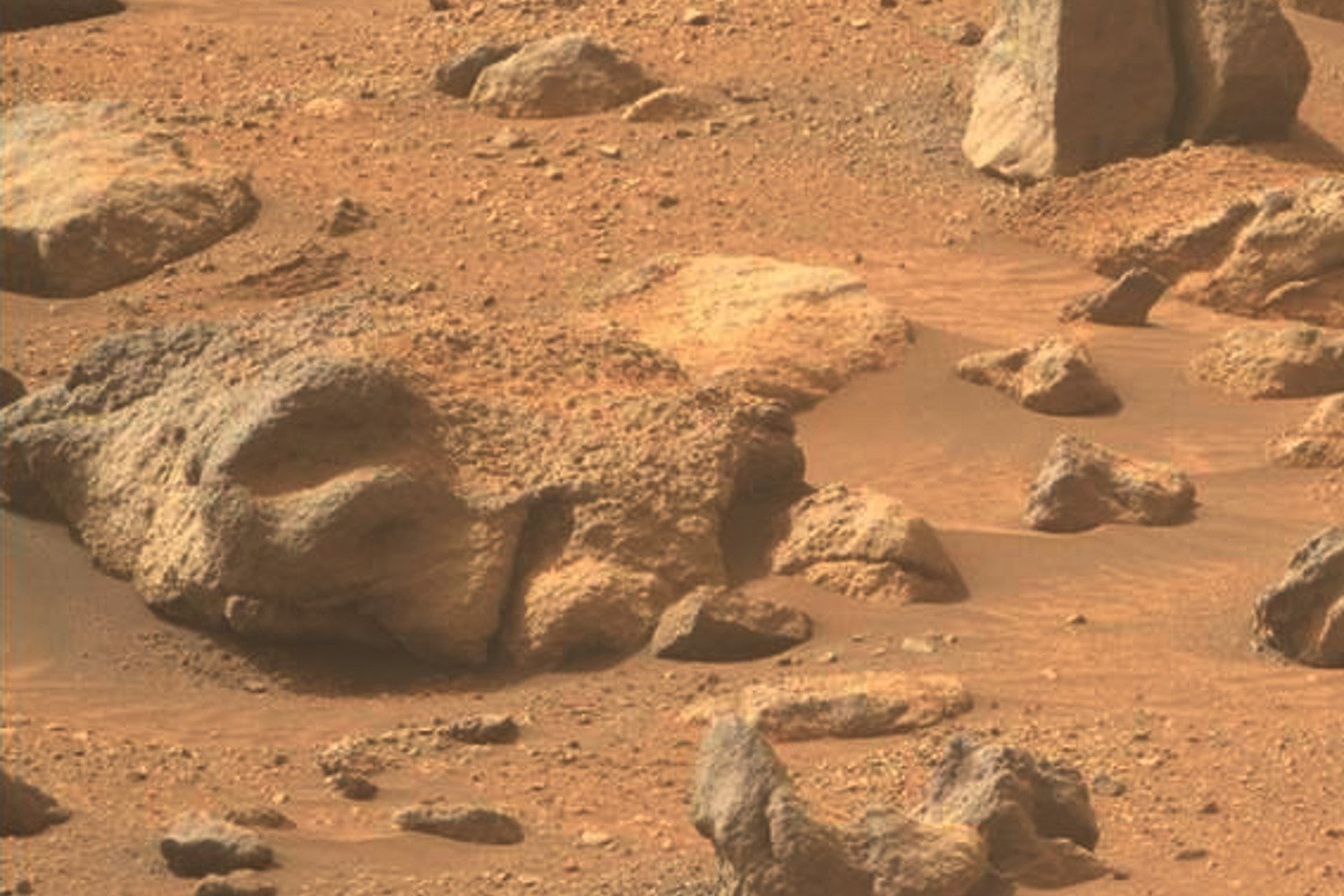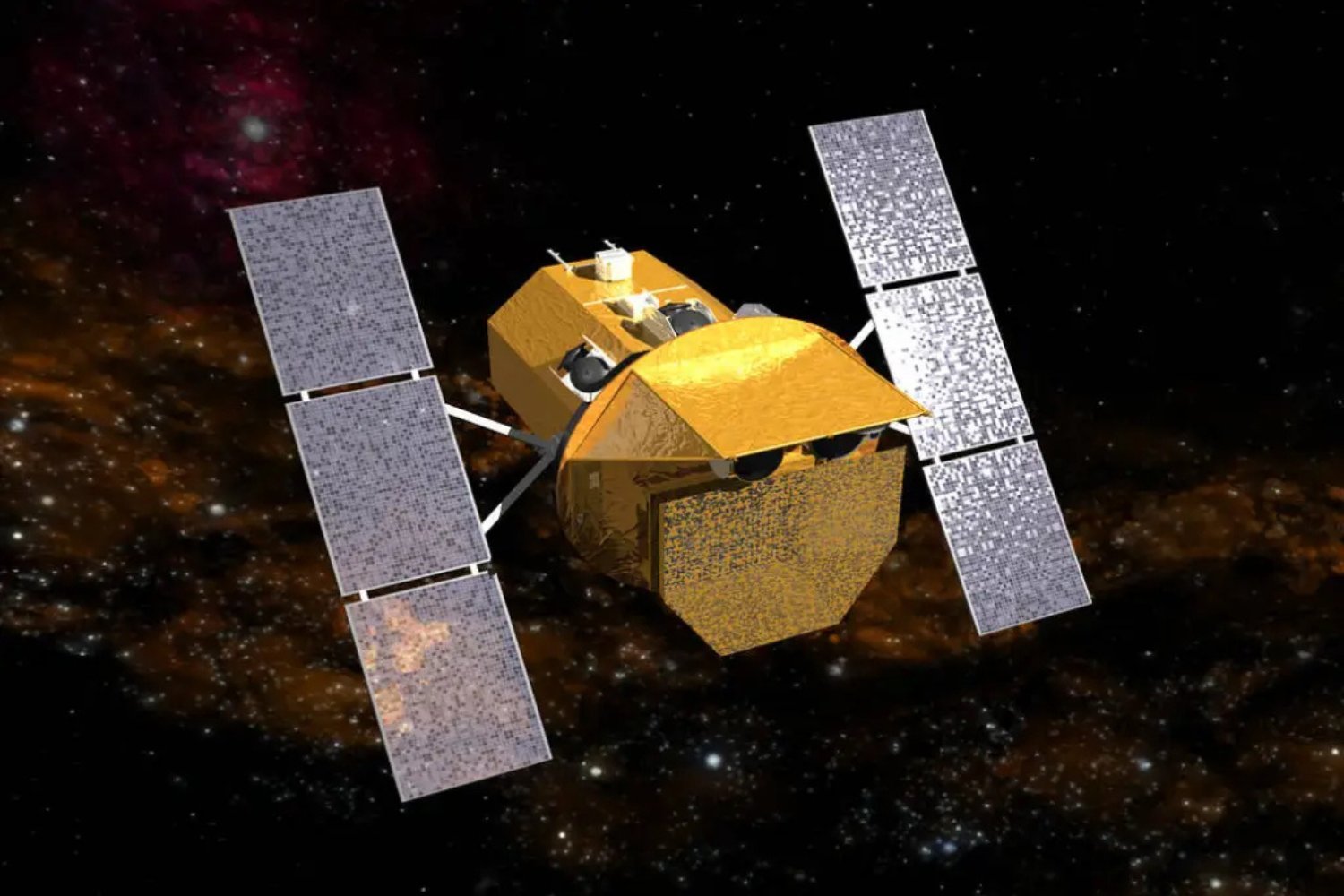The possibility of a subsurface ocean on Miranda, one of Uranus’ moons, has emerged from a recent study mapping its surface and modeling tidal stresses. This research, published in The Planetary Science Journal, suggests a plausible scenario: an ocean at least 62 miles (100 kilometers) deep existed on Miranda within the last 100 to 500 million years. While this vast ocean may no longer be present, liquid water could still exist beneath the moon’s surface, a prospect that challenges previous understandings of this small, icy world.
Evidence of a Subsurface Ocean on Miranda
The researchers’ analysis of Miranda’s surface imagery reveals a conspicuous absence of expansion cracks, features expected if a deep ocean had completely frozen. This lack of cracking, combined with evidence of stress and shear on the moon’s surface, supports the theory of a past or present subsurface ocean. To find evidence of an ocean inside a small object like Miranda is incredibly surprising,” noted Tom Nordheim, a planetary scientist at the Johns Hopkins Applied Physics Laboratory and co-author of the study. This finding adds to the growing excitement around Uranus and its moons, suggesting the potential for multiple ocean worlds in this distant part of our solar system.
Miranda’s Tidal Forces and Internal Heating
The team’s model of Miranda’s interior, based on surface features, suggests that orbital changes and gravitational interactions with other Uranian satellites may have generated internal heat. This heating could have created a deep ocean sometime in Miranda’s past. The study proposes that an approximately 8-mile-thick (13-kilometer-thick) crust would imply a 62-mile-thick (100-kilometer-thick) subsurface liquid water ocean. This potential ocean depth dwarfs the Mariana Trench, the deepest part of Earth’s oceans, which is only 6.83 miles (11 kilometers) deep.
Miranda: A Potential Haven for Life?
The implications of a past or present ocean on Miranda are profound, particularly for astrobiology—the search for life beyond Earth. “Such a thick ocean may have made Miranda very Enceladus-like, and potentially habitable, in the geologically recent past,” the research team stated. This comparison to Enceladus, a moon of Saturn known for its subsurface ocean and potential for life, elevates Miranda’s status as a compelling target for future exploration.
Future Exploration of Icy Moons
While a mission to Miranda is still years away, current missions like the JUpiter ICy moons Explorer (JUICE) and Europa Clipper, currently en route to the Jovian system, promise to provide valuable insights into icy moons. The data gathered from these missions will offer crucial context for understanding Miranda’s subsurface and its potential for harboring life. This research highlights the intriguing possibility of Miranda as a new frontier in our search for life beyond Earth, further emphasizing the importance of exploring the icy moons in our solar system.



